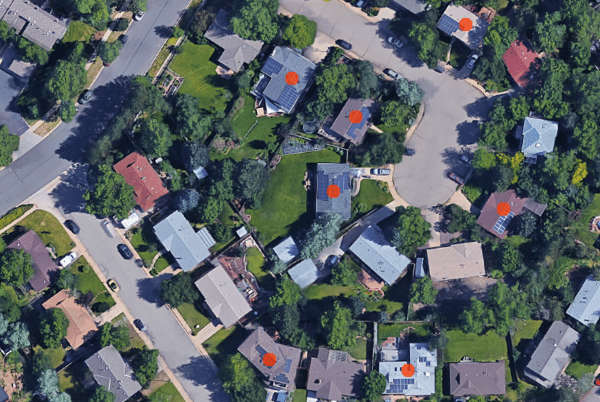Solar energy is really our only answer for long-term sustainable energy
Humans consume 221 tonnes of coal, 1,066 barrels of oil, and 93,000 metric cubes of natural gas per second.
These materials were wonderful for the industrial revolution that started in Britain in the 18th century and made use of “new energy” sources such as coal and petroleum. At the start of the 21st century, however, it’s time to reassess the notion of “new energy”. Fossil fuels have no place in any long-term sustainable energy solution for the planet. It needs to be replaced with renewable energy sources. But which ones?
Sooner or later humanity needs to get its head around the fact that the only long-term sustainable energy solution is solar energy. This is simply borne out by the immense amount of energy potential that the sun can provide versus any other renewable resource such as wind, nuclear, biomass or geothermal. To place that in perspective: the theoretical potential of solar power is 89 terawatts (TW), which represents more energy striking the Earth’s surface in 90 minutes (480 Exajoules, EJ) than the worldwide energy consumption for the entire year 2001 (430 EJ) from all other resources combined.
Google’s New Product Puts Peer Pressure to a Sunny Use
One of the best predictors of whether people install solar panels on their house isn’t their age, their race, their level of income, or their political affiliation.
It’s whether their neighbors did it first.
This finding has been shown repeatedly across space and time, including in California, Connecticut, Germany, Switzerland, and the United Kingdom. “It happens at the street level, it happens within zip codes, it happens within states. It seems to be a common feature of human decision-making that crosses many boundaries,” says Kenneth Gillingham, a professor of economics at Yale University whose study helped establish the finding.
On Monday, Google will put the finding into practice with Project Sunroof, its free online tool that aims to make it easier for people to obtain and use home solar panels. Project Sunroof will now not only inform users how much sun hits their roof, or how much solar panels would save them per month, but also which of their neighbors have taken the plunge first.
Is This The First Sign Of A U.S., Chinese Solar War?
After a banner year for solar power installation in the United States, reports on the progress of solar power in the first quarter of 2017 have industry advocates hopeful that renewable energy will continue to grow throughout the year, despite competition from fossil fuels, U.S. government support for traditional energy sources and resistance towards cheap imported solar panels by domestic manufacturers.
The first months of 2017 saw 2 gigawatts of photovoltaic panels added, continuing a six-quarter streak and a huge boost in solar installations that came at the end of 2016, when more than 6 GWs were installed. The growth in Q1 of 2017 marks a slight decrease of 2 percent from the level last year, but it’s still indicative of an overall growth trend, as total additions have increased year on year since 2012, according to the Solar Market Insight Report.
Nevada reinstates key solar energy policy
Nevada Governor Brian Sandoval on Thursday signed a bill to reinstate a key rooftop solar policy and bring national residential installers Tesla Inc’s solar division and Sunrun Inc back to the state after an 18-month absence.
Last week, state legislators passed the bill, which requires utilities to purchase excess power generated from rooftop solar panels at near the full retail rate. Known as net metering, the buy-back policy is critical to making residential solar affordable.
Both Tesla and Sunrun said they would resume sales in Nevada if Sandoval signed the bill. He did so on Thursday during a ceremony held at a Tesla facility in Las Vegas.
Solar companies cheered the reopening of the Nevada market, which comes as growth of residential solar has slowed in many key states, including top market California.















Comments